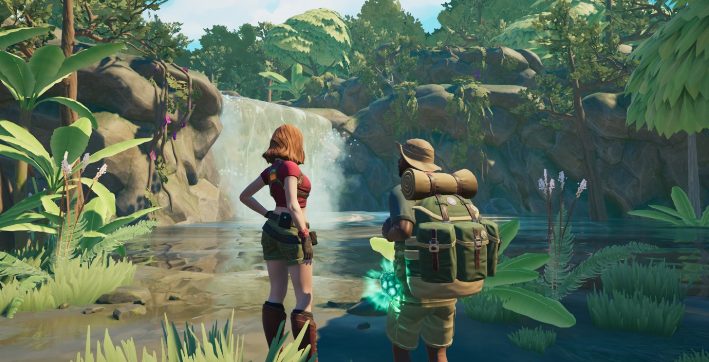The Evolution of Gaming Graphics: A Look into 3D Animation Services and Their Impact
The evolution of gaming graphics has been nothing short of revolutionary, transforming the digital landscape and how we interact with virtual environments. At the heart of this transformation lies the advent and advancement of 3D animation services, a cornerstone in the gaming industry that has elevated the visual storytelling and immersive experience of video games. This journey from pixelated sprites to hyper-realistic environments showcases not just technological progress but the creative leaps made by game development companies worldwide.
The Dawn of 3D Gaming
The history of gaming graphics is a testament to rapid innovation and creativity. Initially, games were limited to simple, two-dimensional graphics, offering gameplay that, while engaging, left much to the imagination regarding visual depth and realism. The introduction of 3D graphics in the gaming world marked a pivotal shift, opening doors to new storytelling possibilities and gameplay mechanics. This leap was made possible by game development companies investing in 3D animation services, including 3D rendering, harnessing new software and hardware capabilities to push the boundaries of what games could visually represent.
The Role of 3D Animation Services in Gaming
3D animation services have been instrumental in the evolution of gaming graphics. These services, provided by specialized teams within game development companies or through external partners, involve creating characters, environments, and visual effects that breathe life into the game’s world. The transition to 3D graphics allowed for a more immersive experience, with players able to navigate virtual worlds in three dimensions, interact with objects and characters on a new level, and enjoy narratives enriched by the depth and realism of the surroundings.
The impact of 3D animation on gaming is multifaceted. It has not only improved the aesthetic appeal of games but also enhanced gameplay mechanics, making them more complex and engaging. For instance, the ability to create realistic character movements and facial expressions has allowed developers to convey emotions and storytelling elements more effectively, creating a deeper connection between the player and the game.
Technological Advancements and Their Influence
The progression of 3D animation in games is closely tied to technological advancements in both software and hardware. Early 3D games were limited by the processing power of consoles and computers, resulting in clunky animations and rudimentary visuals. However, as technology advanced, so did the capabilities of 3D animation services. High-end rendering engines and powerful graphics processing units (GPUs) have enabled game developers to create detailed and complex scenes that were previously unimaginable.
Moreover, the advent of tools and platforms specifically designed for game development has streamlined the animation process, making it more accessible for developers to implement sophisticated 3D graphics. These tools offer a plethora of features, such as physics engines, particle systems, and dynamic lighting, which enhance the realism and visual appeal of games.
The Future of Gaming Graphics
The future of gaming graphics, powered by 3D animation services, promises even more exciting developments. Emerging technologies like virtual reality (VR) and augmented reality (AR) are pushing the envelope further, demanding even more from 3D animation to create fully immersive experiences. Additionally, advancements in artificial intelligence (AI) and machine learning are beginning to play a role in how animations are created and implemented, potentially automating certain aspects of the animation process to produce more lifelike and dynamic environments.
As we look forward, the collaboration between 3D animation services and game development companies will continue to be crucial. The demand for more realistic, engaging, and immersive gaming experiences is unlikely to wane, driving the industry to explore new technologies and animation techniques. The integration of real-time ray tracing, for example, offers a glimpse into the future of gaming graphics, with its ability to simulate complex light interactions in a 3D environment, producing stunningly realistic visuals.
Conclusion
The evolution of gaming graphics, fueled by the advancements in 3D animation services, has fundamentally changed the landscape of video gaming. From the early days of simple 2D figures to today’s near-photorealistic environments, the journey of gaming graphics is a testament to the innovation and creativity of the gaming industry. As technology continues to advance, the game development company will remain at the forefront of this evolution, pushing the boundaries of what’s possible and redefining our gaming experiences. The future of gaming graphics, rich with potential and unexplored territories, is an exciting prospect for gamers and developers alike, promising new levels of immersion and realism in the virtual worlds we’ve only begun to explore.






